| #1 |
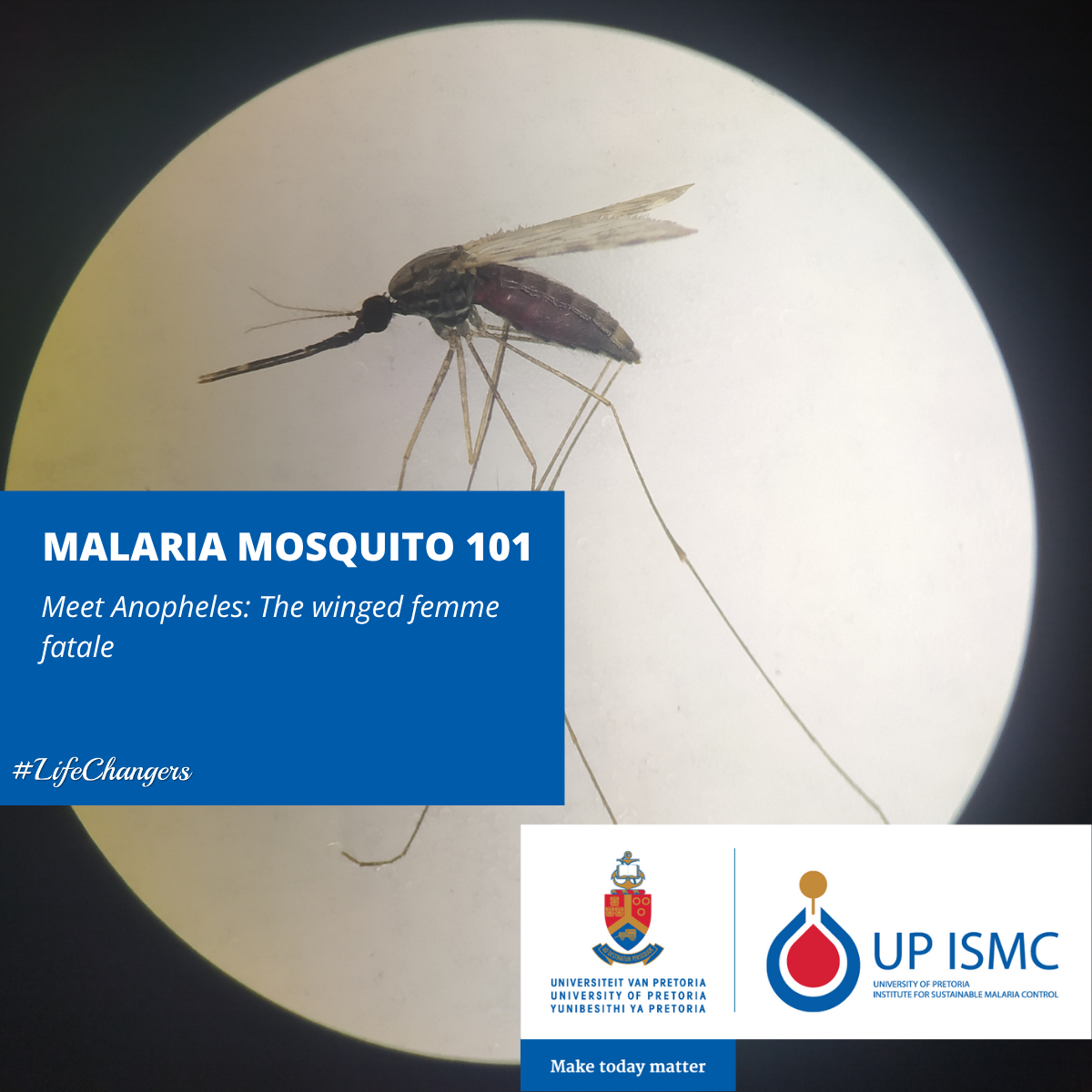 |
To understand malaria, we must understand its vector, the Anopheles mosquito. Where are malaria mosquitoes found, what habitats do they require, and how do environmental factors like temperature, water, and humidity shape their survival? How does climate and climate change impact on disease risk? This is the first article out of a series of eight. Click the image to learn about malaria mosquito vectors.
Image: Female Anopheles arabiensis under microscope - Source: UP ISMC. Credit. Megan Riddin.
|
|
1 July 2025
Click the image to read the article.
|
| |
|
|
|
|
| #2 |
 |
Not all mosquitoes are equal, and not all of them bite. Meet the adult Anopheles mosquito. What are the differences between males and females, what are their feeding habits, and how do they attract one another? Understanding mosquito biology helps us see why only the female is responsible for transmitting malaria. This is the second article out of a series of eight. Click the image to learn more about male and female mosquitoes.
Image: Female (top) and male (bottom) Anopheles arabiensis mosquitoes under microscope - Source: UP ISMC. Credit. Megan Riddin.
|
|
8 July 2025
Click the image to read the article.
|
| |
|
|
|
|
| #3 |
 |
A female mosquito’s search for a blood meal ends with egg development. Where, how, and when do Anopheles mosquitoes lay their eggs? What do the eggs look like and what do they need to survive? Understanding the malaria mosquito eggs and egg-laying behaviour, is key to targeting breeding sites and preventing future generations of mosquitoes from taking flight. This is the third article out of a series of eight. Click the image to learn more about malaria mosquito eggs.
Image: Grouping of Anopheles quadrimaculatus mosquito eggs. Source: CDC – Public Health Image Library. Credit: Lauren Bishop, 2022.
|
|
15 July 2025
Click the image to read the article.
|
| |
|
|
|
|
| #4 |
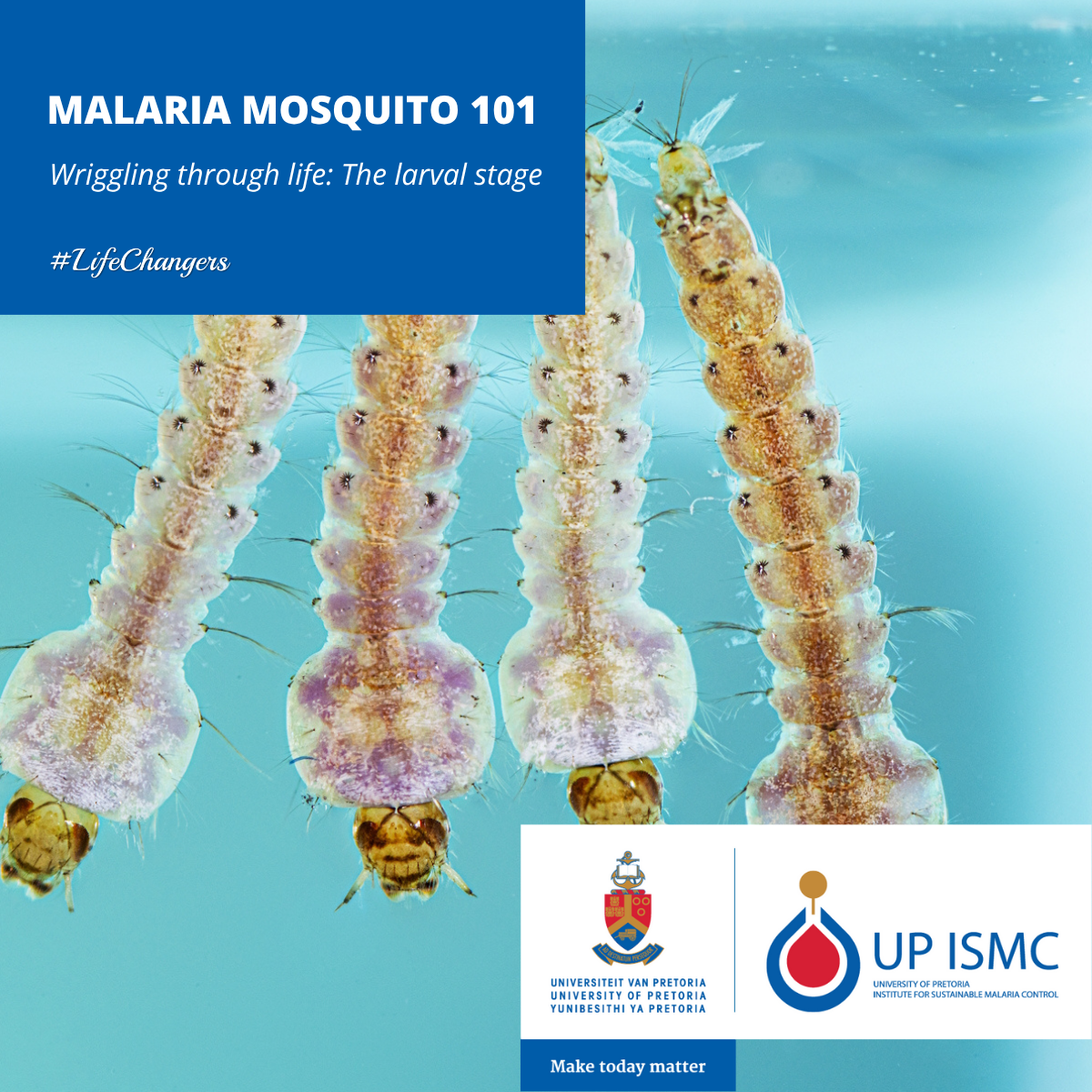 |
Mosquitoes spend most of their life cycle in water. What hatches from the floating eggs? Mosquito larvae – active, aquatic, and fast-growing wrigglers. How do larvae feed, grow through four instars, and what do they need from their environment? Since larvae are confined to water, this is a prime stage for targeted control efforts. This is the fourth article out of a series of eight. Click the image to learn more about the wriggling larvae stage.
Image: Anopheles quadrimaculatus mosquito larvae. Source: CDC – Public Health Image Library. Credit: Lauren Bishop, 2022.
|
|
22 July 2025
Click the image to read the article.
|
| |
|
|
|
|
| #5 |
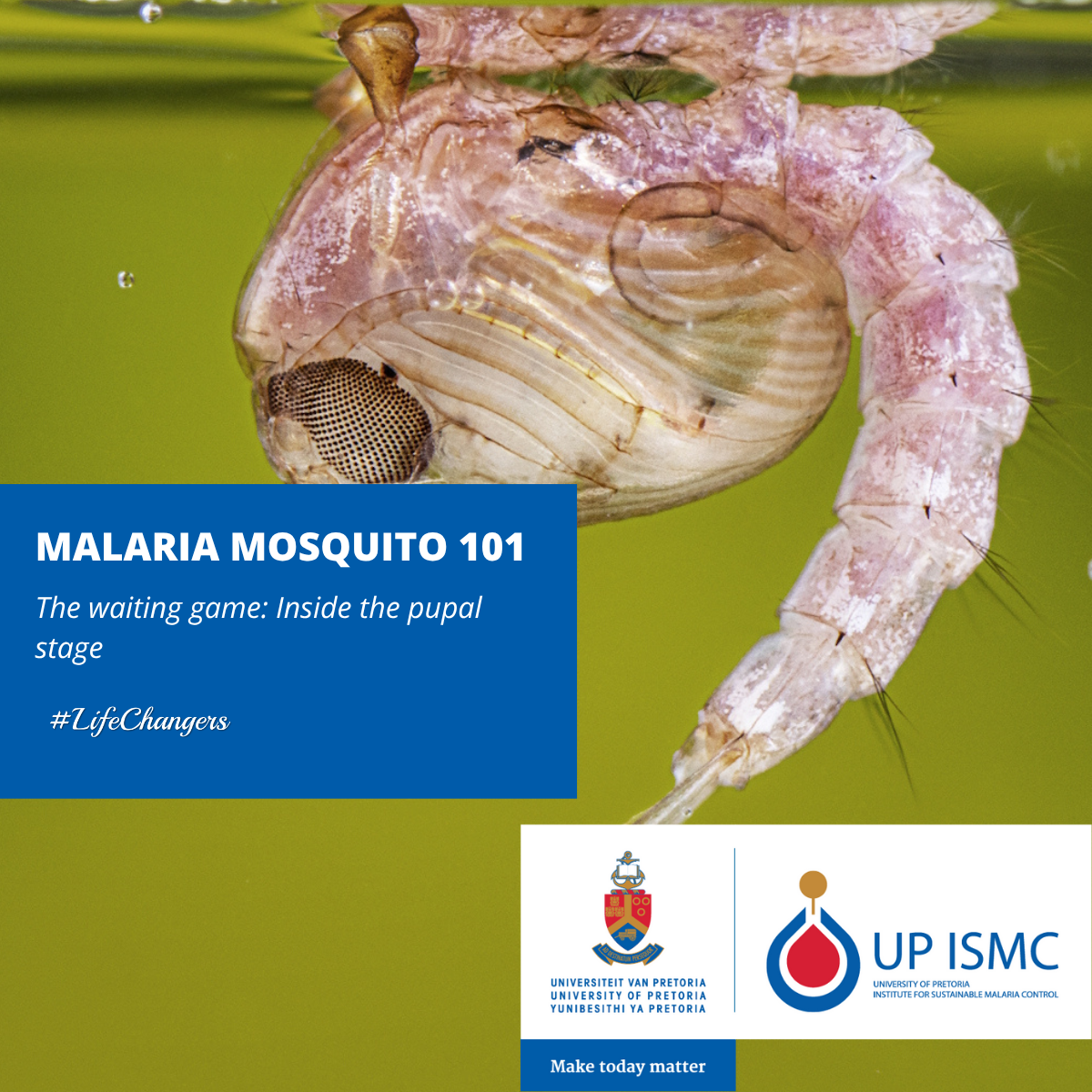 |
In the pupal stage, the mosquito undergoes its final transformation from water-bound larva to winged adult. Though they do not feed, mosquito pupae are still mobile and highly vulnerable. But what happens inside the pupal casing, how do environmental conditions affect emergence, and why is this brief stage crucial to malaria vector control. This is the fifth article out of a series of eight. Click the image to learn more about this drastic transformation in the mosquito life cycle.
Image: Anopheles quadrimaculatus mosquito pupa. Source: CDC – Public Health Image Library. Credit: Lauren Bishop, 2022.
|
|
29 July 2025
Click the image to read the article.
|
| |
|
|
|
|
| #6 |
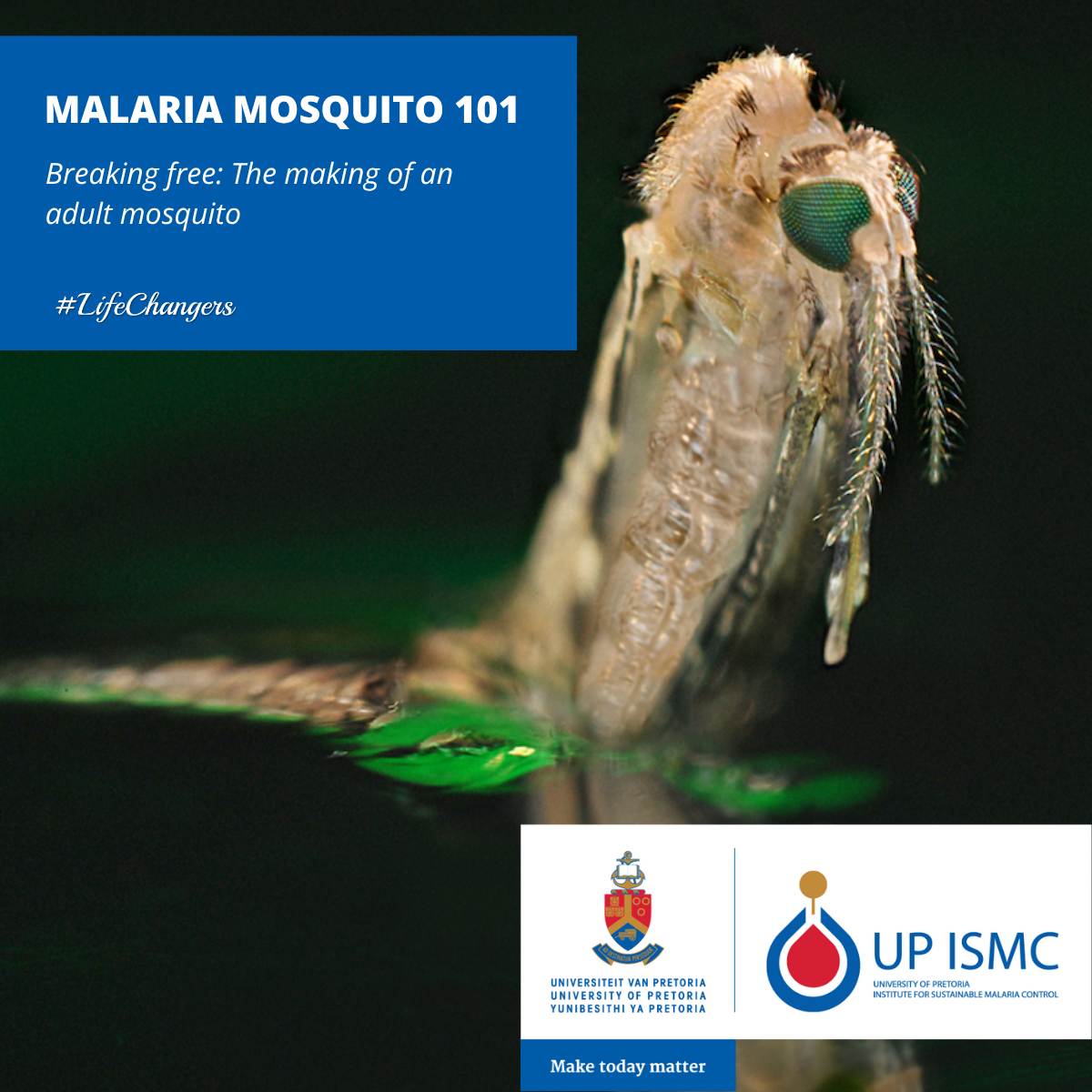 |
The world’s deadliest animal must undergo the delicate process of adult mosquito emergence before it can start “killing”. What is the purpose? A vulnerable stage in the mosquito’s life; from splitting the pupal casing to drying wings and preparing for flight. Once airborne, the mosquito's role in malaria’s life cycle begins, with the female able to seek a first host. This is the sixth article out of a series of eight. Click the image to learn more about the vulnerable killing machine.
Image: Soon-to-be adult Anopheles sp. mosquito emerging from pupal exoskeleton. Source: CDC – Public Health Image Library. Credit: James Gathany, 2014.
|
|
5 August 2025
Click the image to read the article.
|
| |
|
|
|
|
| #7 |
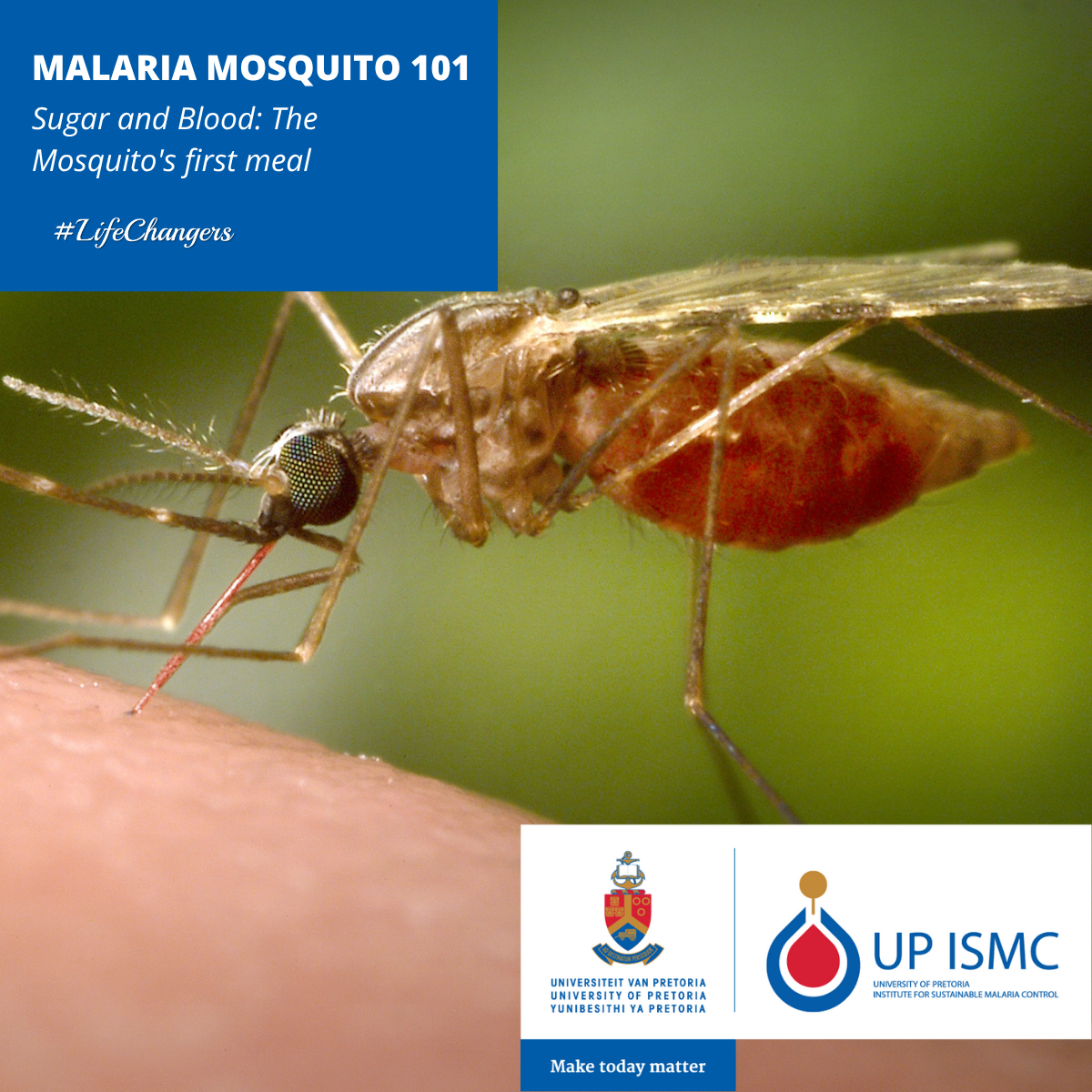 |
Newly emerged mosquitoes must feed to survive, but there is more than one type of meal. What is the first meal, and what is the second “first” meal for female mosquitoes only? Why do males and females feed on sugary juices, but only females on blood? It’s during these blood meals that female Anopheles mosquitoes may become deadly killers. This is the seventh article out of a series of eight. Click the image to learn more about the meals that drive mosquito activities.
Image: Feeding female Anopheles funestus mosquito. Source: CDC – Public Health Image Library. Credit: James Gathany, 2014.
|
|
12 August 2025
Click the image to read the article.
|
| |
|
|
|
|
| #8 |
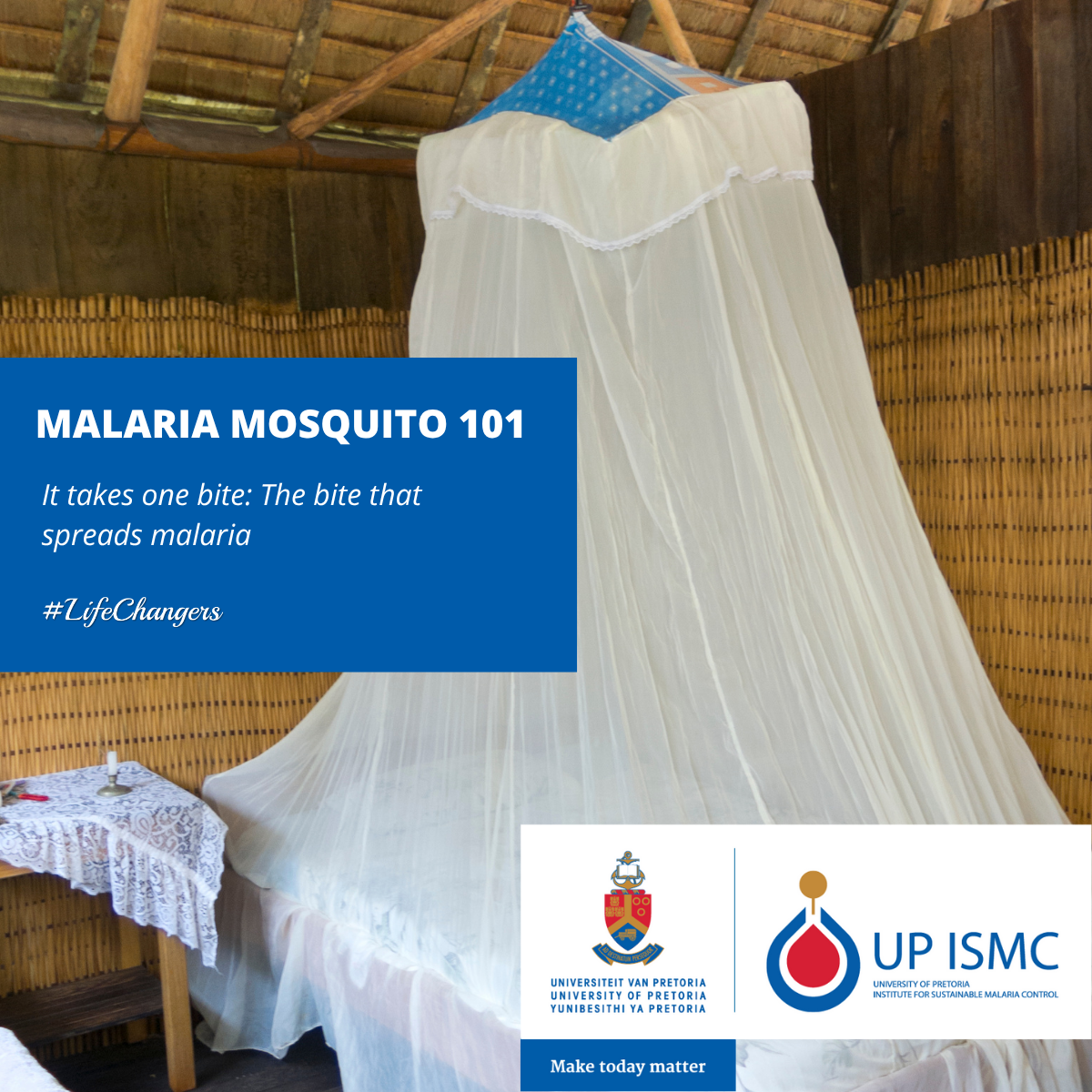 |
How is malaria finally transmitted and what is the best way to avoid getting malaria? From taking an infectious blood meal to carrying the parasite through her body, the mosquito becomes a vector only after the parasite develops in her. Once infectious, every bite carries risk. This is how a parasite, carried by a mosquito, becomes a global health threat. This is the final article of a series of eight. Click the image to learn more about the role of the mosquito in the transmission of malaria. |
|
19 August 2025
Click the image to read the article.
|
Get Social With Us
Download the UP Mobile App